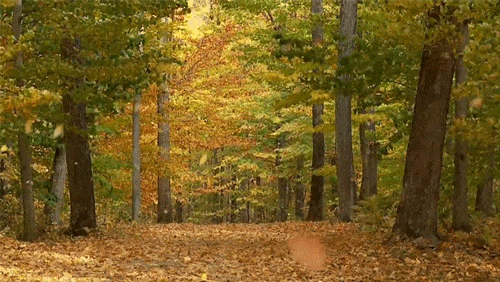Urban forestry is important because it is how we care for the environments we live in by managing the trees and vegetation that surround us. Urban forestry creates plans and programs to care for the trees, vegetation, and environments people live in by setting goals within the urban forest to meet as well as identifying the problems not currently being addressed in these environments. These plans establish these goals by collecting data from the forest and using it to maximize the benefits trees bring us in our everyday lives. Management and planning aside, urban forestry is important because healthy forests are how we combat many of the issues seen in cities and neighborhoods today such as pollution or increased temperatures. With healthy urban forests, pollution is reduced, the temperature is reduced, erosion and flooding are reduced, and energy costs are reduced and this, in turn, creates a cleaner and greener environment to live in. As a result, human beings are happier, feel more connected, and have a better sense of well-being. To conclude, urban forestry is important because it helps manage the urban forest we live in which contributes to a cleaner environment and results in healthier and happier humans.
Getting Involved:
With all these benefits, it provides it's no wonder you may want to get involved. Ways to get involved in urban forestry are:
Join a tree committee in your area
Work with a nonprofit or volunteer group
Participate in a tree planting
Join online arborist groups
Donate to tree nonprofits
Depending on where a person lives and how informed the citizens are about the subject of urban forestry these groups are relatively easy to find online. What if your town, city, or area does not have trees groups or urban forestry programs?
Well if there are no groups to be found creating your own tree groups is always an option although it might be hard to gain support or find people who understand urban forestry it can be done, it must be done at the municipal level.
Look for county-level groups this way you can contribute to where you live on a broader level.
Join the next town overs group
Join and support different urban forestry or arborist groups such as:
Arbor Day Foundation (https://www.arborday.org/ )
American Forests ( https://www.americanforests.org/ )
International Society of Arboriculture (https://www.isa-arbor.com/ )
International Tree Foundation (https://internationaltreefoundation.org/ )


